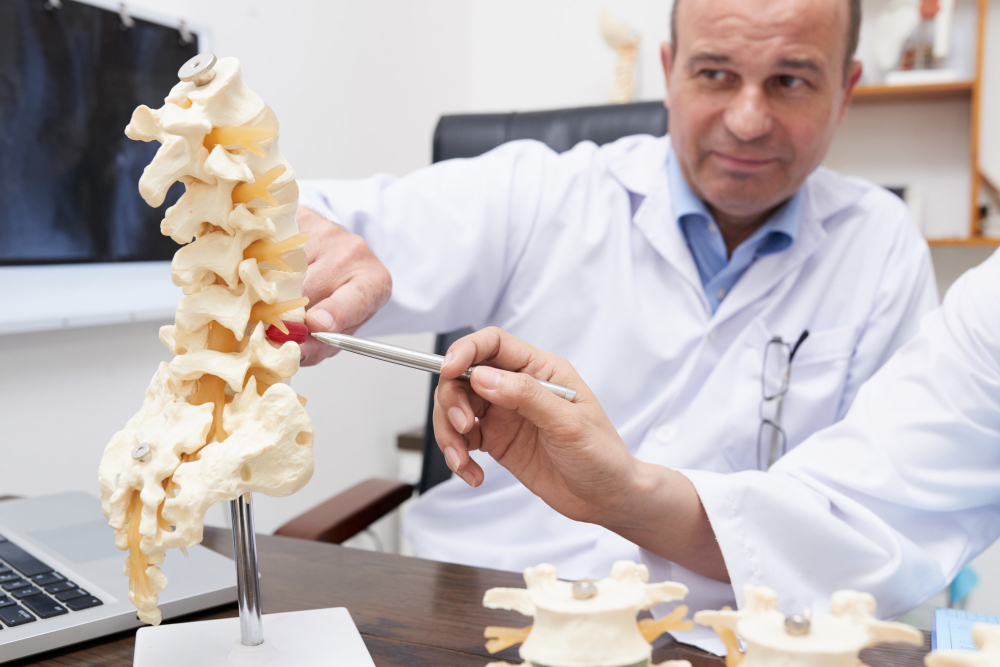Understanding Spina Bifida is crucial for families and caregivers. Spina bifida is a condition that affects a child’s early development, causing significant health challenges. Increased awareness is essential, especially in places like India where healthcare resources are sometimes limited. This guide will explore various aspects of spina bifida, providing knowledge and support needed to help children lead fulfilling lives.
We’ll look at what spina bifida is and its different types. We’ll also dive into spina bifida causes and the role of prenatal care in spina bifida prevention. Additionally, we will discuss spina bifida symptoms, spina bifida diagnosis, and spina bifida treatment options. Tackling misconceptions and building supportive communities will round off our guide, enabling better understanding and care for those affected.
Spina Bifida: Types, Causes, and Symptoms
Spina bifida is a birth defect that affects the spine. It happens when a baby’s spine does not develop properly during pregnancy. There are three main spina bifida types:
- Spina Bifida Occulta: This is the mildest form and often has no noticeable symptoms. It can remain unnoticed for years.
- Meningocele: Here, the protective covering around the spinal cord pushes out but does not include the spinal nerves. It may cause minor disabilities.
- Myelomeningocele: This is the most severe type. The spinal canal is open, and the nerves push out, causing nerve damage.
The causes of spina bifida are not fully understood, but they likely include a mixture of genetic and environmental factors. Poor prenatal nutrition, particularly a lack of folic acid, plays a significant role. Encouraging expectant mothers to maintain a folic acid-rich diet can aid in spina bifida prevention.
Spina bifida symptoms can vary depending on the type. Common issues include problems with movement, learning difficulties, and physical challenges such as leg weakness and bowel or bladder issues. Each day can bring new adjustments for families. Understanding these symptoms is essential as it prepares caregivers for the challenges children may face.
Medical Insights: From Detection to Treatment
Early spina bifida diagnosis is possible during pregnancy through tests like ultrasound and maternal serum-alpha-fetoprotein (MSAFP). These tests help detect potential issues, allowing families to plan and prepare for spina bifida treatment options.
In India, resources for early detection and support may vary, but awareness is growing. Hospitals and clinics are increasingly equipped to offer necessary tests and guidance to expectant mothers.
Spina bifida treatment options include both surgical and non-surgical methods. Surgical intervention can sometimes happen before birth with procedures like fetal surgery, which aims to reduce spinal damage. After birth, surgeries are often performed to repair the spine and manage symptoms.
Regular physiotherapy and rehabilitation can help children improve strength and mobility. Access to these treatments can be challenging in resource-limited settings, but online support networks offer guidance and hope.
Families can benefit from connecting with others facing similar challenges. Support groups and healthcare professionals provide comfort, advice, and practical coping strategies. Creating a treatment plan that fits within available resources is vital, ensuring every child receives the best possible care.
Dispelling Myths and Building Supportive Communities
Several myths about spina bifida can create confusion. Some might incorrectly believe it is always hereditary. In reality, while genetics can contribute, environmental factors play a role as well. Another misunderstanding is about mobility limitations. With the right support, many individuals with spina bifida live active lives.
Disseminating accurate information is crucial. Workshops and educational events can provide transparency and clarity about spina bifida causes, symptoms, and treatment. Developing a strong understanding helps dispel myths and empowers caregivers.
Families dealing with spina bifida experience unique psychosocial challenges. They benefit immensely from community support. Engaging with others through shared experiences can alleviate stress and promote resilience. Encouraging advocacy and resource-sharing increases societal awareness, creating a more inclusive environment for everyone.
To improve conditions in India, continued education and support are necessary. Advocacy promotes positive change, while resources and awareness help families navigate spina bifida successfully. By tackling misconceptions and building supportive communities, we can foster a world where all children receive the care they deserve.

